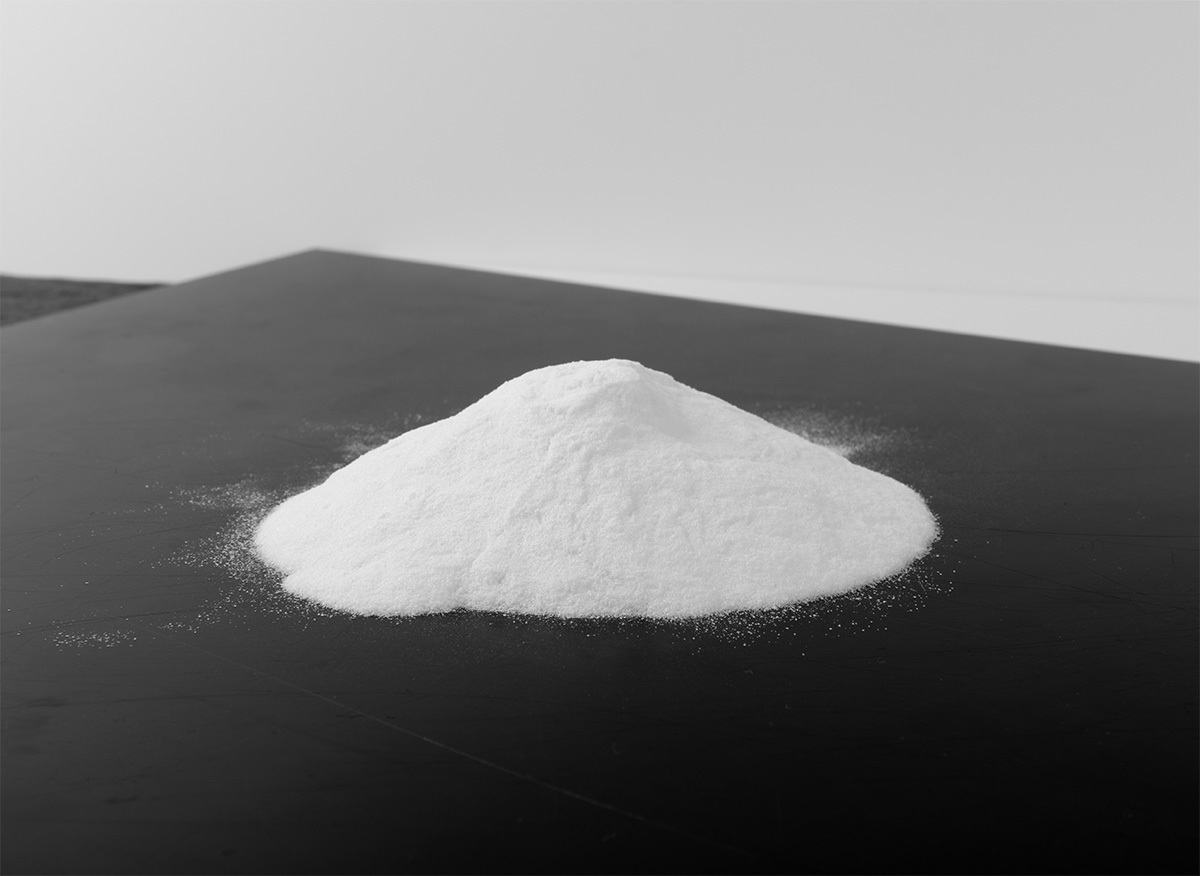
Introduction to sulfuric acid
In ancient China, dilute sulfuric acid was called "green alum oil".In 650~683 AD (when Emperor Gaozong was in Tang Dynasty)
In ancient China, dilute sulfuric acid was called "green alum oil". In 650~683 AD (when Emperor Gaozong was in Tang Dynasty), Gu Gangzi, an alchemist, wrote in Volume 9 of Yellow Emperor's Nine Tripod Divine Pill Classic, "the method of extracting essence from stone gall", that is, to obtain sulfuric acid by distillation of stone gall (bile alum).
Sulfuric acid was discovered in the 8th century AD. Arab alchemist Jabir obtained sulfuric acid by dry distillation of ferrous sulfate crystals. Some early researchers in chemistry, such as Lazis and Jabil, also wrote a classification list of sulfuric acid and related minerals; Others, such as Dr. Ibn Sina, place greater emphasis on the types of sulfuric acid and their medical value.
In the 17th century, German chemist Johann Rudolf Glauber mixed sulfur with potassium nitrate and heated it with steam to produce sulfuric acid. During this process, potassium nitrate decomposed and oxidized it into sulfur trioxide (SO3), which can mix with water and turn into sulfuric acid. So, in 1736, London pharmacist Joshua Ward used this method to develop large-scale production of sulfuric acid.
In 1746, John Roebuck applied this principle and pioneered the lead chamber method to efficiently produce sulfuric acid in large quantities at lower costs. After multiple improvements, this method has been adopted in industry for nearly two centuries.
The method of producing sulfuric acid created by John Roebuck can produce sulfuric acid with a concentration of 65%. Later, French chemist Joseph Louis Gay Lussac and British chemist John Glover improved it to produce sulfuric acid with a concentration of up to 78%, but this concentration still cannot meet some industrial applications.
At the beginning of the 18th century, the production of sulfuric acid relied on the following method: metal sulfide ores were burned to become low valent sulfates, which could decompose into corresponding metal hydroxides and gaseous sulfur oxides at a certain temperature, and then use the oxides to produce sulfuric acid. Unfortunately, the huge cost of this process hinders the widespread use of concentrated sulfuric acid. The early molecular diagram of sulfuric acid drawn by John Dalton in 1808 shows that sulfuric acid has a central sulfur atom and establishes covalent bonds with three oxygen atoms, as shown in the figure on the right.
Later, in 1831, British vinegar merchant Peregrine Phillips came up with the contact method, which could produce sulfur trioxide and sulfuric acid at a lower cost. This method is widely used today.
Related news
2025-09-19
2024-08-07
2024-08-07





